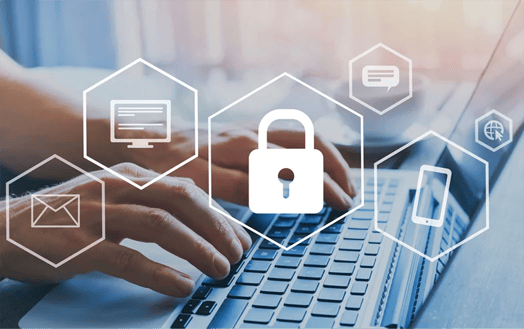With all of the amazing ways technology can push organizations forward, it also comes with its own set of concerns. Cybersecurity should always be top-of-mind for organizations of any size. Technology isn’t the only source of security risks. Psychological and sociological aspects are also involved. Company culture plays a significant role in how organizations handle and perceive cybersecurity.
The Problem Areas
Updating: Outdated systems and apps can be the crack that hackers find their way into your system through. Ensuring that board members and employees know to update their apps as soon as the update is available rather than the undetermined “later” can help minimize these cracks. Most often, Govenda updates are pushed out automatically and rarely require a manual update for the end-user.
Password control: Passwords written on sticky notes or saved on desktops is a cybersecurity red flag, but we all know at least one person who does it. Implementing a password management application can be a solution. These applications will often randomly generate strong passwords as well as hold all of your current passwords in one place. Alternatively, many organizations have been switching to a single-sign-on provider, which provides an extra layer of security. If you can’t implement a password manager or single-sign-on program, use strong passwords, don’t use them in multiple places, and avoid storing them on a sticky note.
Cybersecurity as part of basic training: Organizations often lack a thorough cybersecurity training as part of their onboarding process. At every level of the organization, cybersecurity should be made a priority. As best practices change, update your training and the team to make sure everyone continues to be on the same page.
Communication Awareness: Communication best practices can often slide due to complacency or a lack of awareness. As part of your training efforts, stress the importance of secure communication methods for all levels of communication. For sensitive information, it can be important to avoid less secure communication methods like e-mail.
Creating a System of Security
The standardization of cybersecurity policies can allow an organization to build a culture of security-conscious individuals. The following are a few programs that can help in pushing your organization to a more cyber-secure environment.
- Compliance programs: Establishing compliance with your cybersecurity policy is more than writing a set of rules. Compliance is ensuring that people are indeed adhering to those policies. Create a system or team to manage and monitor compliance with the security measures outlined in your policy.
- Rewards programs: Consider a rewards program to incentivize members to find ways to improve the organization’s cybersecurity. Small, but significant tweaks to what the company is already doing can have a wide-spread effect.
- Accountability programs: Rather than eroding trust by encouraging coworkers to turn each other in, create an environment that encourages team members to hold each other accountable, gently. Enforce the use of your chosen password manager, single-sign-on provider, and other security tools.
Govenda Enhances Security
Govenda was designed with the security needs of organizations in mind. By consolidating board best practices and communication tools, Govenda has created a space to protect the cybersecurity of our users without impeding their productivity or connection. With the above industry-standard security practices, Govenda provides an additional layer of protection to your board.
Start a conversation today to learn how Govenda can support your organization.
Other posts you might be interested in
View All Posts
Breaking Down the CEO Compensation Package
Read More
Top Four Preventable Organizational Compliance Risks
Read More
Uniting Organizations with Board Collaboration Software
Read MoreSubscribe to email updates
Get updates delivered directly to your inbox.
